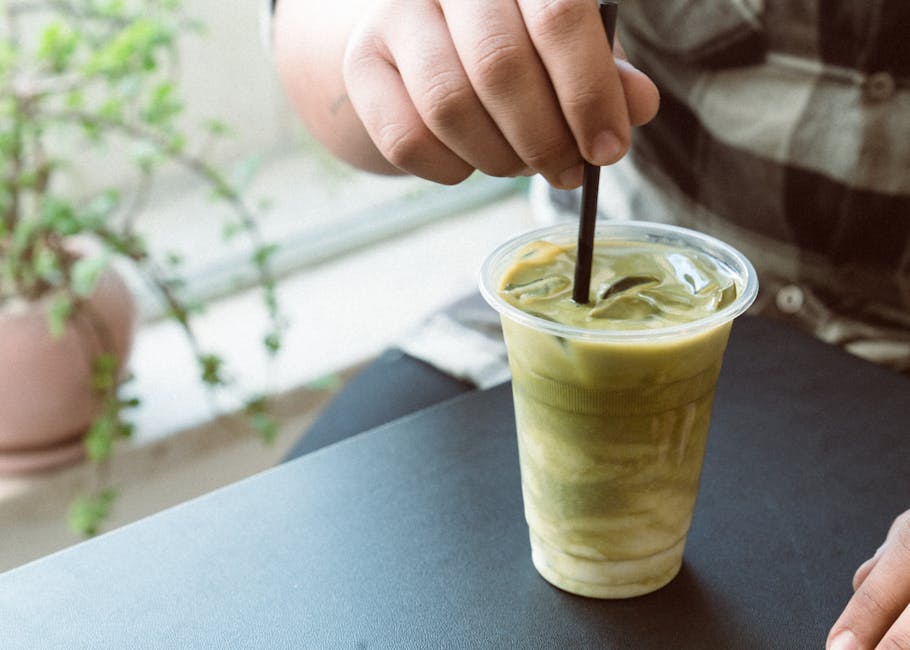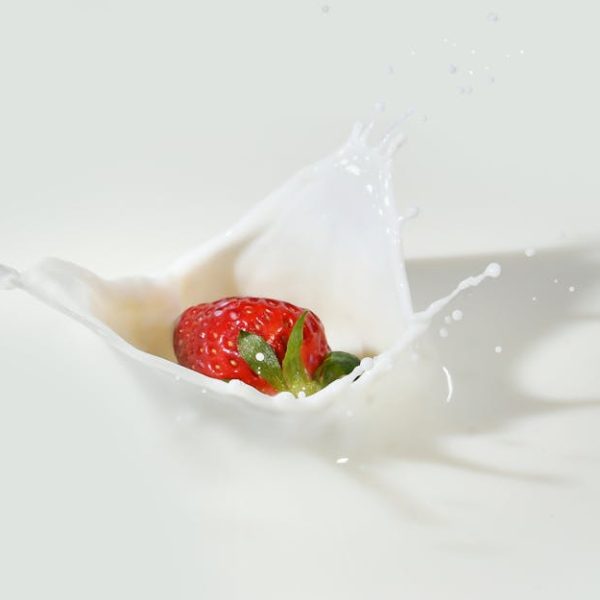Storing powdered milk properly is both a science and an art. Without the correct storage conditions, powdered milk can quickly lose its freshness and nutritional value. In conditions of high heat or humidity, it can even go bad entirely, rendering it unusable. Understanding the fundamental elements of powdered milk storage ensures maximum freshness and longevity of your powdered milk supply.
To avoid dampening the valuable nutrients in powdered milk, here are some key points you need to keep in mind:
- Store in a cool, dry place away from sunlight.
- Always ensure that your storage containers are thoroughly cleaned and dried before use.
- Practice first-in, first-out stock rotation to use older milk before its expiration date.
Pro tip:
When you open a new pack of powdered milk, consider transferring it into an airtight container. Doing this will protect the powdered milk from being exposed to moisture in the air and losing its freshness.
Proper Sealing and Packaging – Ensuring Air-Tight Storage
Air-tight storage is paramount when it comes to powdered milk. Exposure to air can not only introduce moisture to your powdered milk, but also speed up the oxidation process, leading to a taste and texture that leaves a lot to be desired. Let’s walk you, step by step, on how to properly pack and seal powdered milk:
- Clean and dry a suitable storage container thoroughly before use.
- Carefully transfer powdered milk into the container, avoiding spills.
- Seal the container carefully, ensuring it’s airtight.
- Store the container in a cool, dry and dark place.
Table 1: Pros and Cons of Common Sealing Options
| Sealing Options | Pros | Cons |
|---|---|---|
| Zip-Lock Bags | Cheap, readily available | Increased risk of air exposure, not very durable |
| Glass Jars with Screw Lid | Airtight, reusable | Breakable, can be costly |
| Plastic Containers with a Snap Lid | Durable, inexpensive | May not be 100% airtight due to wear-and-tear |
Effect of Temperature and Humidity on Powdered Milk
The freshness and quality of powdered milk are highly dependent on the conditions of its storage environment. Specifically, temperature and humidity levels play a significant role in maintaining the freshness of your powdered milk. As a rule of thumb, powdered milk should be stored in a cool, dry place. It thrives in temperatures less than 75°F (24°C) and humidity levels below 15%.
✔️ Checklist for selecting a storage place:
- Check the area’s average temperature and humidity level.
- Avoid storage near appliances that generate heat such as ovens and heaters.
- Select an area that isn’t prone to dampness or leakage.
- Ensure the area is free from pests and rodents.
- Avoid storage in areas that fluctuate in temperature or humidity such as the kitchen or bathroom.
Long-Term Storage Techniques
For those stockpiling powdered milk for an extended period, there are several long-term storage techniques you can utilize to ensure optimum freshness and quality. Unopened commercially sealed cans or bags of powdered milk can last up to 10 years in the right conditions, while opened cans or bags should be used within 18 months to ensure optimum freshness.
Here are some recommended techniques for preserving powdered milk long-term:
- Vacuum sealing: This method sucks out all the air from the package to prevent oxidation and maintain freshness.
- Freezer storage: Although powdered milk stored at room temperature has a good shelf-life, storing it in the freezer can further extend its life.
- Oxygen absorbers: These are small packets that contain iron powder, which upon contact with oxygen reacts to form rust. This process uses up oxygen and thus helps in preserving food.
Table 2: Comparing Different Long-Term Storage Methods
| Storage Methods | Pros | Cons |
|---|---|---|
| Vacuum Sealing | Long shelf-life, compact storage | Requires specialized equipment |
| Freezer Storage | Extremely long shelf-life | Takes up freezer space, not suitable in power outages |
| Oxygen Absorbers | Effective, low-cost | Needs careful handling and storage |
Handling and Rotation of Stored Powdered Milk
Rotating and properly handling your stored powdered milk is another significant part of maintaining its freshness and quality. The ‘first in, first out’ rule plays a key role here. Always use the oldest milk first and continually rotate your stock to ensure you’re utilizing your powdered milk within its best use period.
Consider these points while handling and rotating your powdered milk:
- Do not mix new and old milk in the same container.
- Always check the expiration date before using the milk.
- Be mindful of cross-contamination. Don’t use the same scooper for different food items.
Pro tip:
Keep track of your stock by marking your containers with the opening date as well as best before date—a simple yet effective way of ensuring that no powdered milk goes to waste due to oversight.
Thus, effective powdered milk storage is not a daunting task if you consider the important aspects such as proper sealing, maintaining ideal temperature and humidity, employing long-term storage techniques, and refreshing your stock with diligence. Following these guidelines not only protects your powdered milk from spoilage but also ensures you are consuming a product at its optimum freshness and nutritional value.
Key Takeaway:
- Understanding the basics of powdered milk storage is crucial to maintaining its freshness and nutritional value.
- The importance of airtight storage for powdered milk cannot be overemphasized.
- Optimum temperature and humidity levels greatly influence powdered milk freshness.
- There are effective, recommended methods for long-term storage of powdered milk.
- Proper handling and rotation of stored powdered milk is key to maximum utilization before its expiration date.
Storing powdered milk correctly is essential for preserving its freshness and nutritional richness. It may seem overwhelming at first, but simple everyday practices can make a huge difference. So, go ahead and experiment with these tips to derive the most out of your powdered milk. Remember, it is always best to consume food at its freshest and most nutritious.
FAQs
Q: Can I store powdered milk in its original packaging?
A: Yes, you can. However, once opened, it’s recommended to transfer the powdered milk into an airtight container to prevent exposure to moisture and air.
Q: Is it safe to consume powdered milk past its expiration date?
A: It’s not advisable to consume any food product past its expiration date, including powdered milk. Always observe the first in, first out practice to ensure freshness and safety.
Q: Can I switch between different storage methods for my powdered milk?
A: Absolutely. But ensure that every time you switch, the powdered milk is not exposed to extreme changes in temperature or humidity as it could affect its quality.
Q: What should I do if I notice signs of spoilage in my powdered milk?
A: Discard it immediately. Consumption of spoiled food could lead to health issues. Always check your powdered milk for any signs of spoilage before usage.
Q: Can I freeze powdered milk for an extended shelf life?
A: Yes, freezing powdered milk can extend its shelf life. But make sure it is well-sealed to prevent moisture contamination.
Don’t forget to share this post with your friends who might find it useful. Check out the other posts on our site for more interesting topics.






